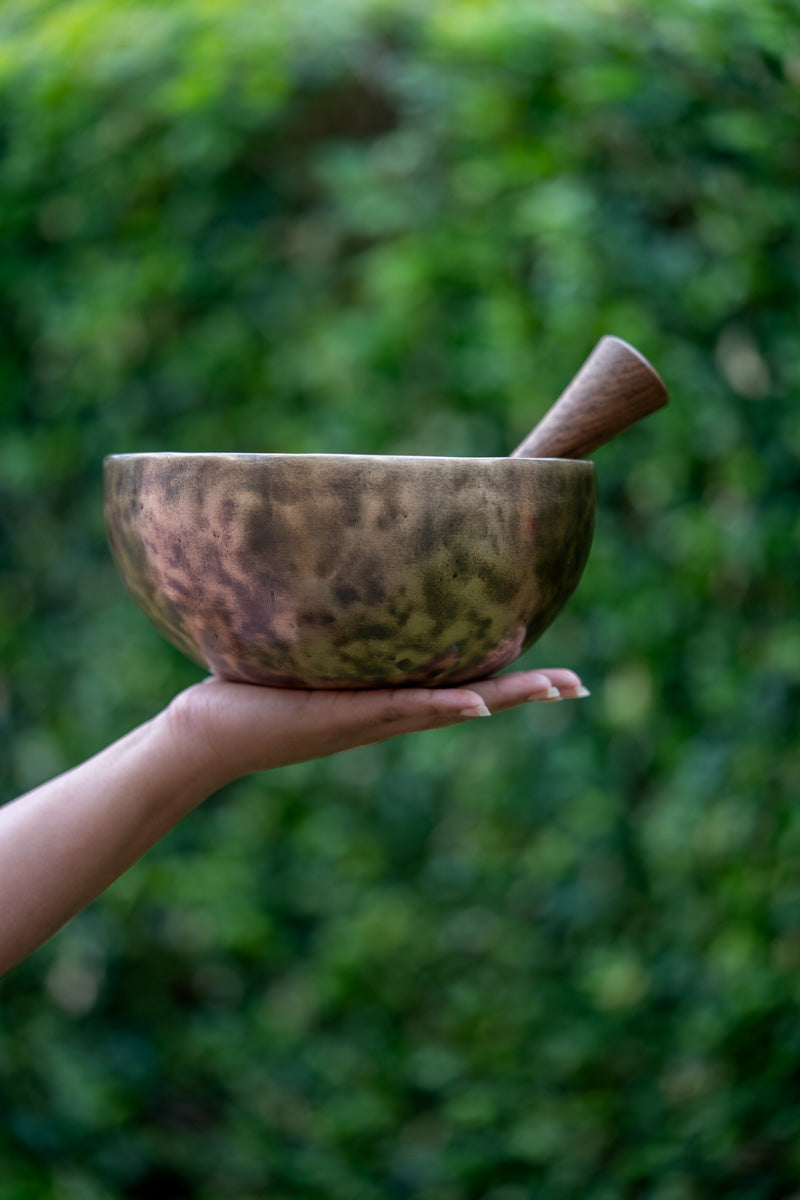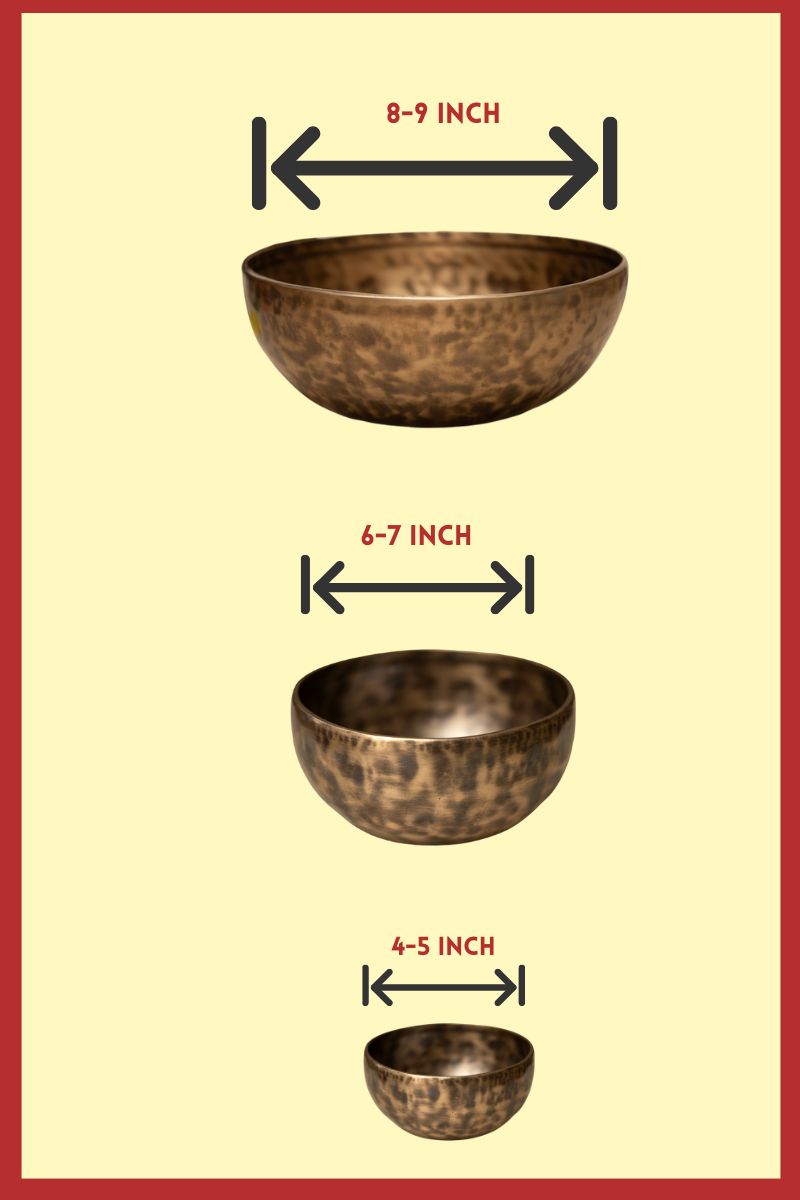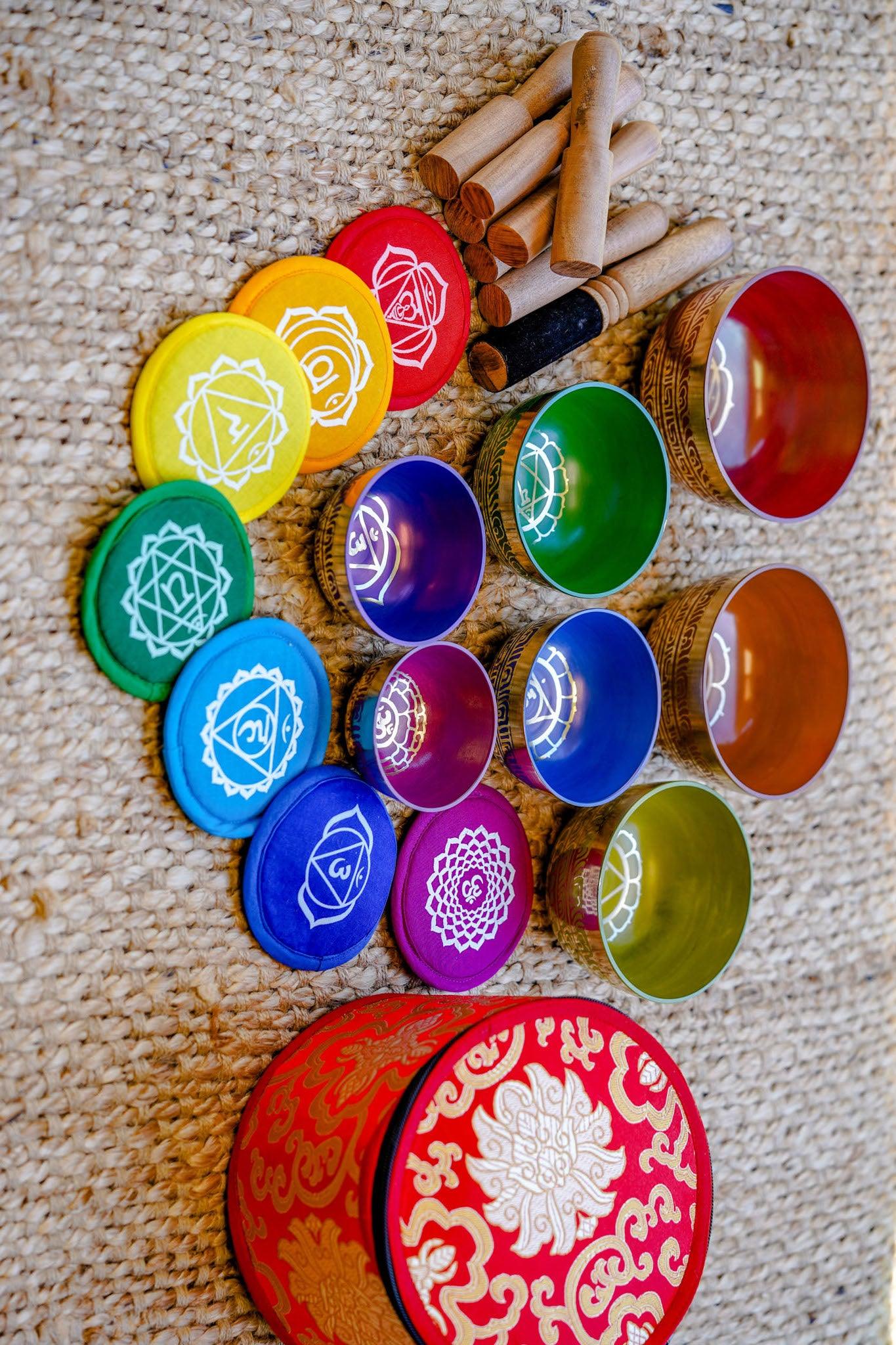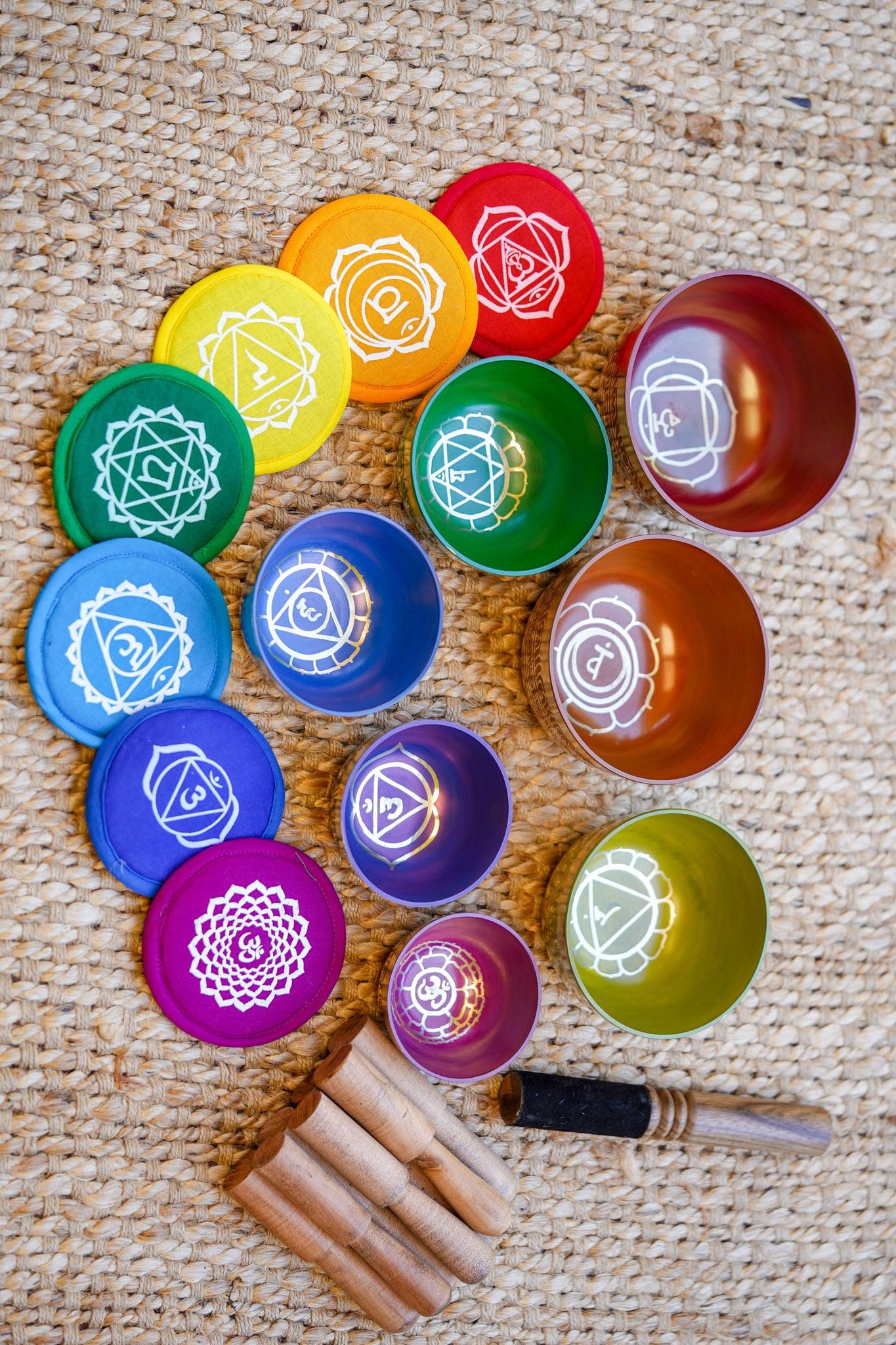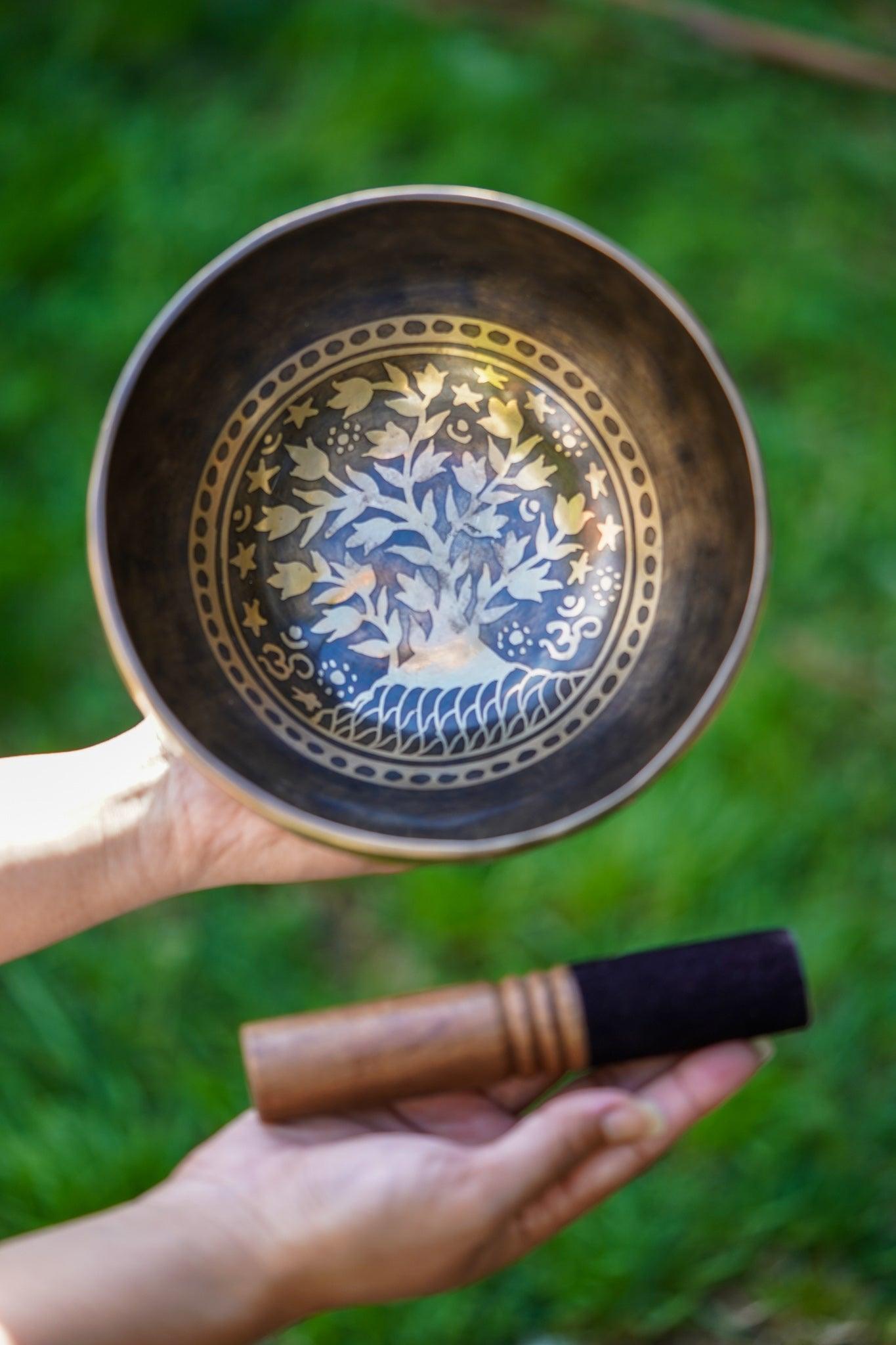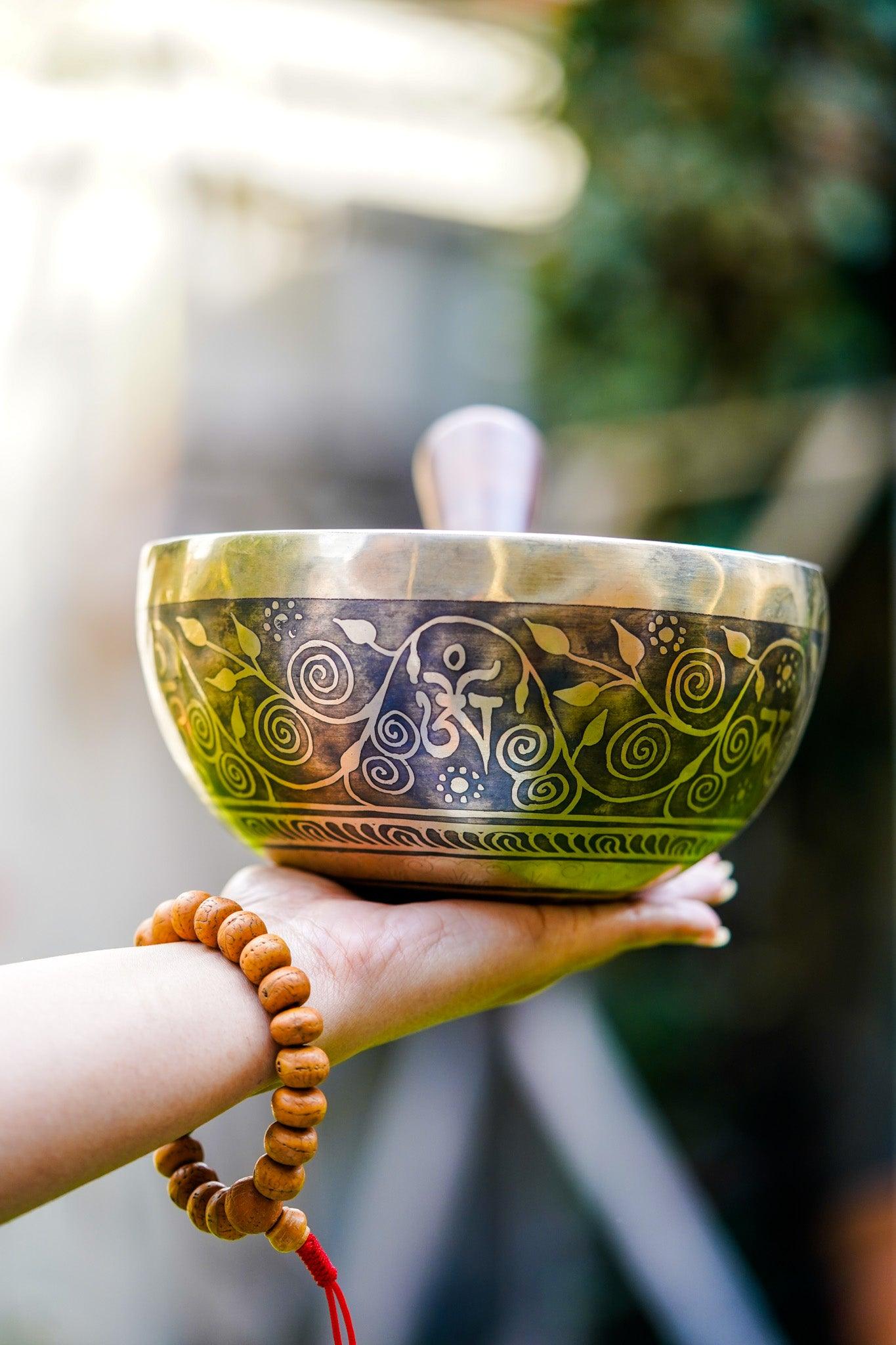A sudden and unexpected journey from being a normal child to a Deity. Not only does Nepal have many gods, goddess, deities, Bodhisattvas, avatars and, manifestations which are worshipped and revered as statues, images, paintings and, symbols, but Nepal is also home to a real living goddess entitled “Kumari”- a virgin mother of the world.
A very young Newari girl who lives in a magnificent, intricately carved three-floored wooden palace built-in 1757, wearing red apparel, having her hair in a topknot like a pagoda, sitting upon a gilded iron throne, with a third eye of the wisdom (called 'Tri-Netra') painted on her forehead, displaying no any emotions, not even a smile and eyes which can draw the beholder into direct contact with the divine, is believed to have powers of prescience and the ability to cure the sick - particularly those suffering from blood disorders, fulfill specific wishes and bestow blessings of protection and prosperity. Above all, they're said to provide an immediate connection between this world and the divine and to generate in their devotees a maitri bhavana, a spirit of loving-kindness towards all. As the supreme goddess is thought to have manifested this entire cosmos out of her womb, she exists equally in animate as well as inanimate objects. As the goddess believes in chastity and impurity, a young child is therefore the ideal choice to the house of the goddess on earth.
A young girl from a Shakya clan, who is in her pre-pubescent and haven't lost a drop of blood from her body, is chosen from among the Newars with no blemishes to represent the Goddess Kumari, a human embodiment of Goddess Taleju and symbolizes power and protection. She is further examined for 32 auspicious signs of divinity, mostly to do with natural perfection and symbolically significant features (Known as "Battis Lakshan"), 32-body perfections. For one to be chosen as a goddess, she must go through an extremely stringent and harrowing selection process on the night of Kala-Ratri (the eighth night of Dashain festival) - If she maintains a perfectly calm demeanor through the circuit of carnage, she is taken into the Taleju temple by a high priest and installed as the new incarnation of the goddess and have to live within the Kumari Ghar (Kumari's House), and her feet must never touch the ground after her last walk in Durbar Square until the Goddess Taleju departs from her body; When Kumari enters her adolescence and gets her first menstruation, she is considered impure meanwhile the search of a new Kumari begins. Although she is given a modest state pension, she faces difficulty in getting married - tradition has it that a man who marries an ex-Kumari will die young.

This unique tradition is a perfect example of the intertwining and peaceful coexistence of religions Nepal has long been known for. The beginning of Kumari, cult dates back in the 6th century. There is evidence of virgin worship taking place in Nepal for more than 2,300 years. Albeit the tradition of Kumari-puja has been started during the licchavi period, it became evident in the 17th century. Several legends alluding to the Kumari's power over the King and about how the kumari came to existence in Nepal, from the goddess visiting king Jayaprakash Malla in his dreams to the king curiously casting a wistful glance at the goddess and angering her for making amorous desire, to the king's wife learning of the banishment of a young girl possessed by the goddess and telling the king to bring her back as the living embodiment of the goddess. However today many people mix up the histories and sadly results in several backlashes from the culture.
Taleju has always been the most important goddess of the Nepalese kings and the defender of the Kathmandu valley. The Kumari legends and the traditions that have grown up around remain a strong and unifying aspect of Nepali culture today. Click here to view Kumari Images.


